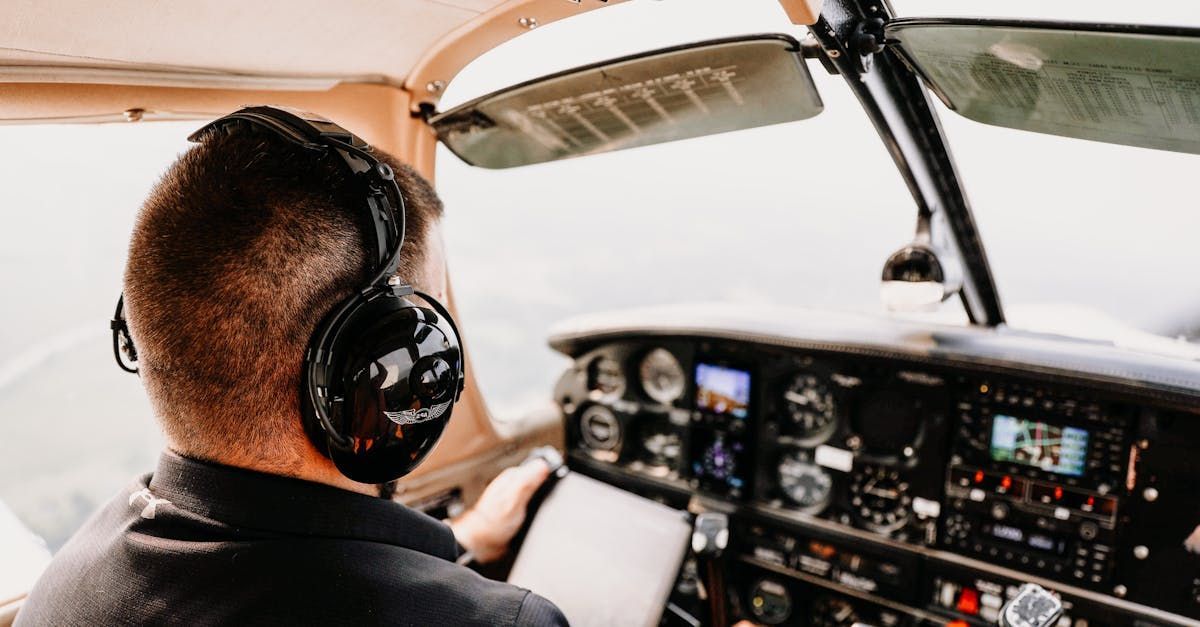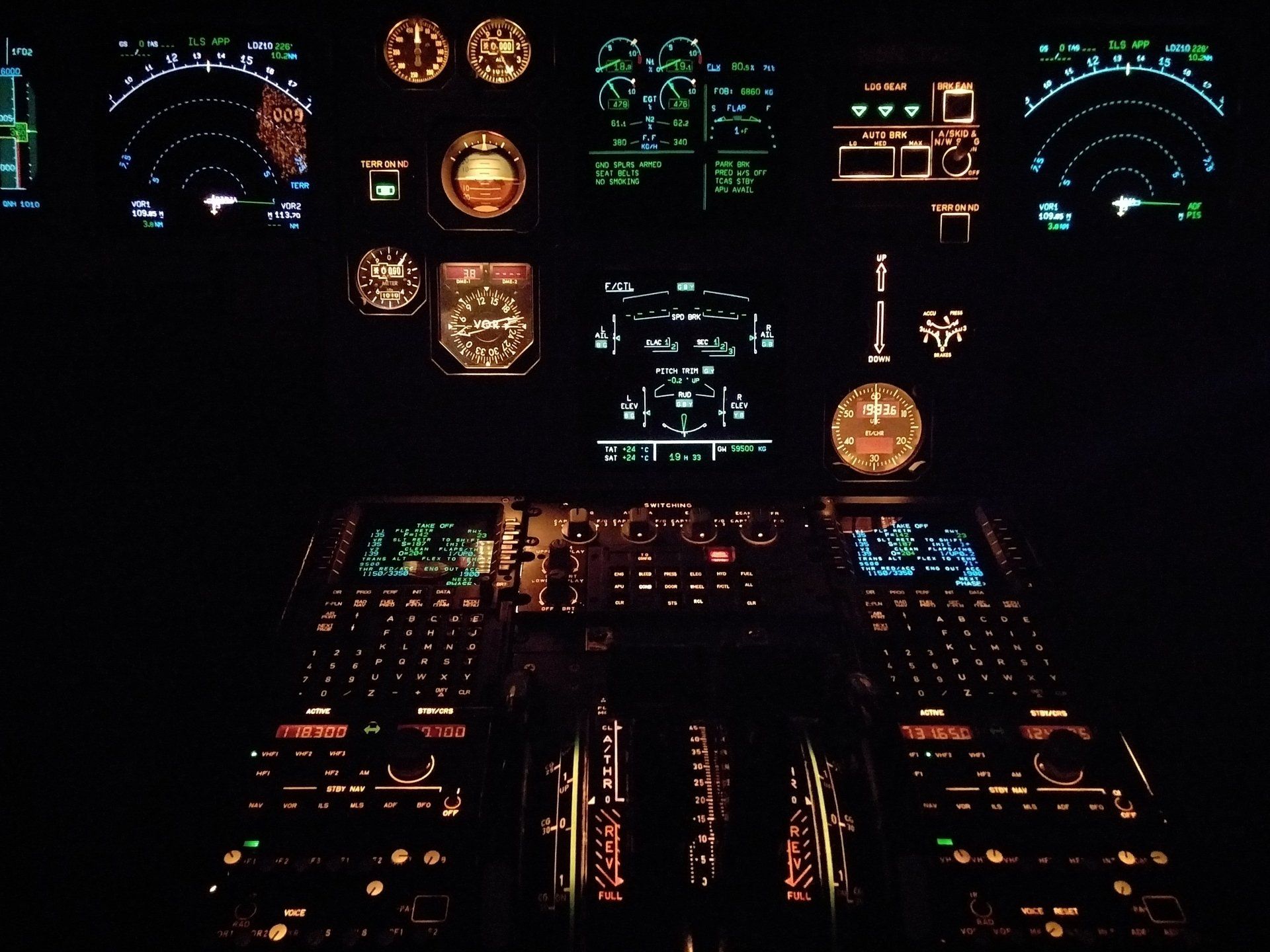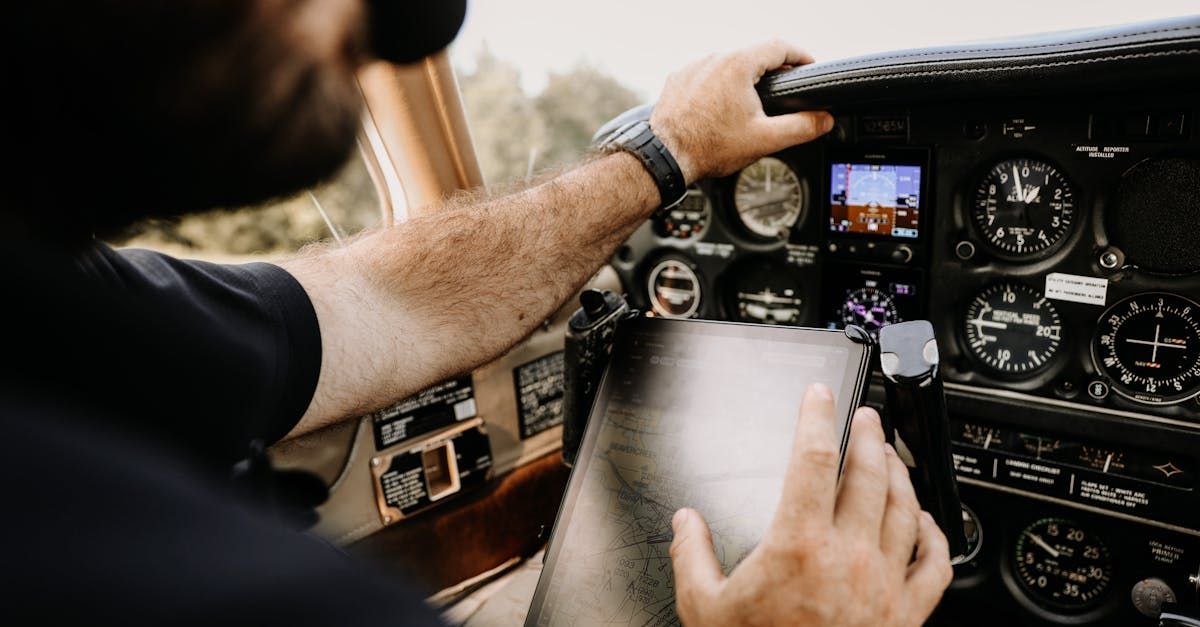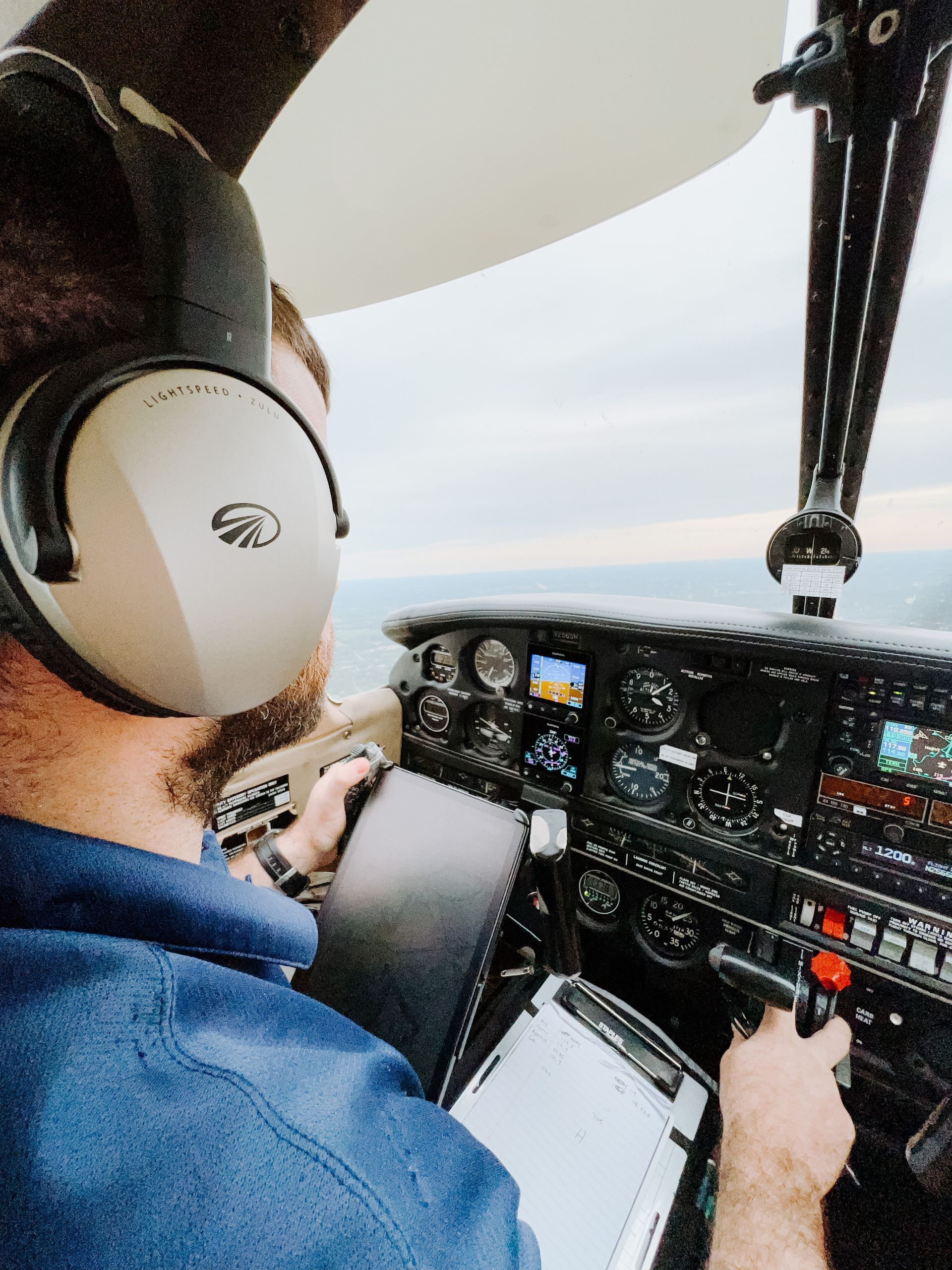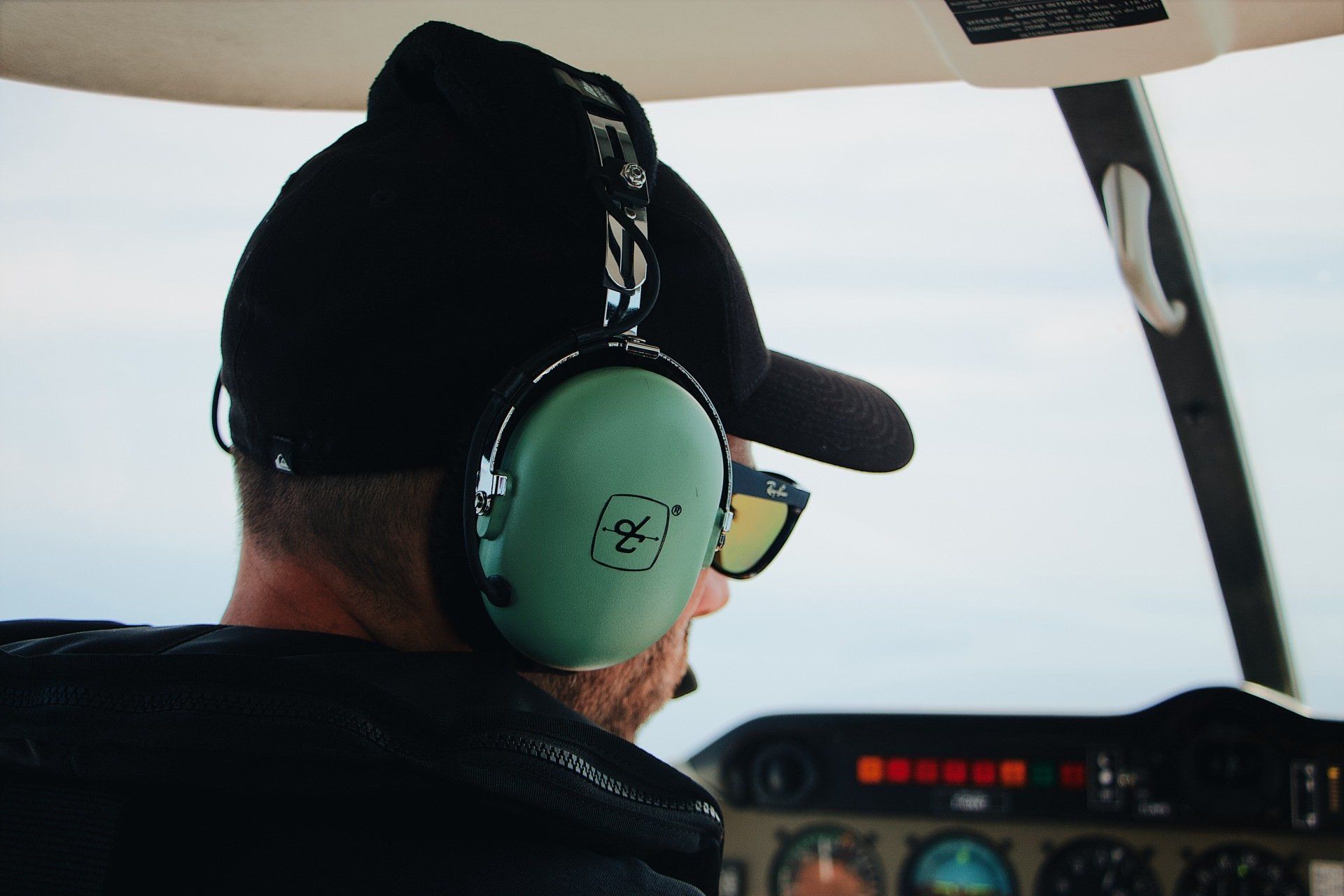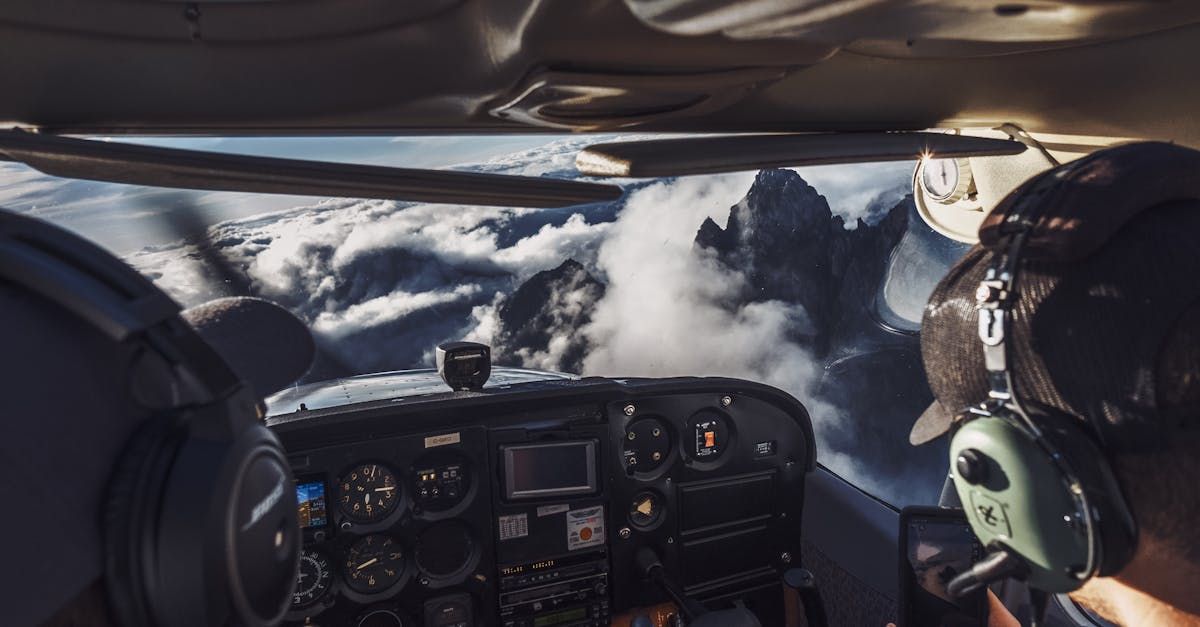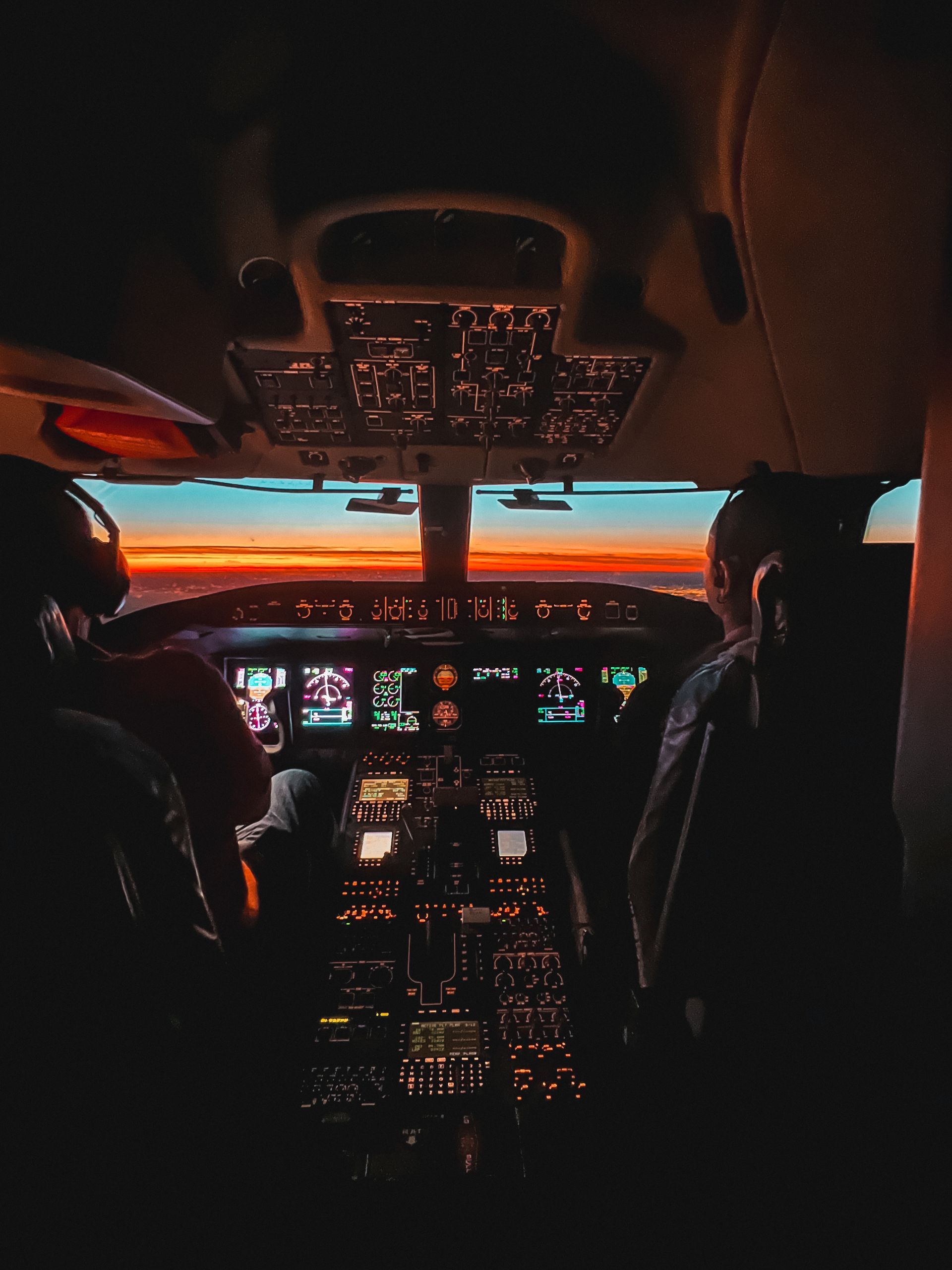Top Three Life Lessons I Learned From Flying Aeroplanes

Flying and life have a lot in common, and the good news is that we can learn important lessons from flying that will make sure our lives are like our time in the air.
Life and flights both have a path, but one path is planned and known, while the other is planned but unknown.
We are the pilots of our own lives. Every flight has a pilot, and both flights and lives usually have partners, who are called co-pilots in the aviation world.
Lessons to be Learned:
- Attention to Detail: From the pre-flight checklist to the landing checklist, flying an airplane requires careful attention to detail. Even a small mistake can have big results. This has shown me how important it is to pay attention to details in all parts of my life, including work, relationships, and personal goals.
- Communication and Teamwork: Flying an airplane is a team effort that requires the pilot, co-pilot, air traffic control, and ground crew to work together and communicate well. This has taught me how important it is to communicate clearly and work together to reach common goals, whether at work, in relationships, or in my own life.
- Flexibility and adaptability: To fly an airplane, you need to be able to deal with changing weather, emergencies, and other situations you didn't expect. This has taught me how important it is to be flexible and adaptable in life, and to be ready to make changes when things don't go as planned. This way of thinking has helped me deal with problems and obstacles in all parts of my life and see change as a chance to grow and learn.
Your life has a takeoff, a mid-air, and a landing, just like an airplane. If we learn all the rules and guidelines for each of these three stages, we can be as safe as planes. But if we do have a crash in life, we shouldn't give up. Instead, we should look at the black box and learn from it.
Next time you go on a plane, don't just sit back and relax. Instead, pay attention and apply what you've learned because you're also the captain of a very long flight known as Flight of Life.



